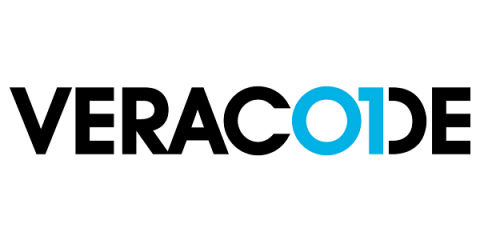Password Storage Using Java
This is the eighth entry in the blog series on using Java Cryptography securely. The first few entries talked about architectural details, Cryptographically Secure Random Number Generators, encryption/decryption, and message digests. Later we looked at What’s New in the latest Java version. All of this equipped us to talk in detail about some of the most common Cryptographic applications. We started by looking at the symmetric cryptography-based application with Message Authentication Code.


